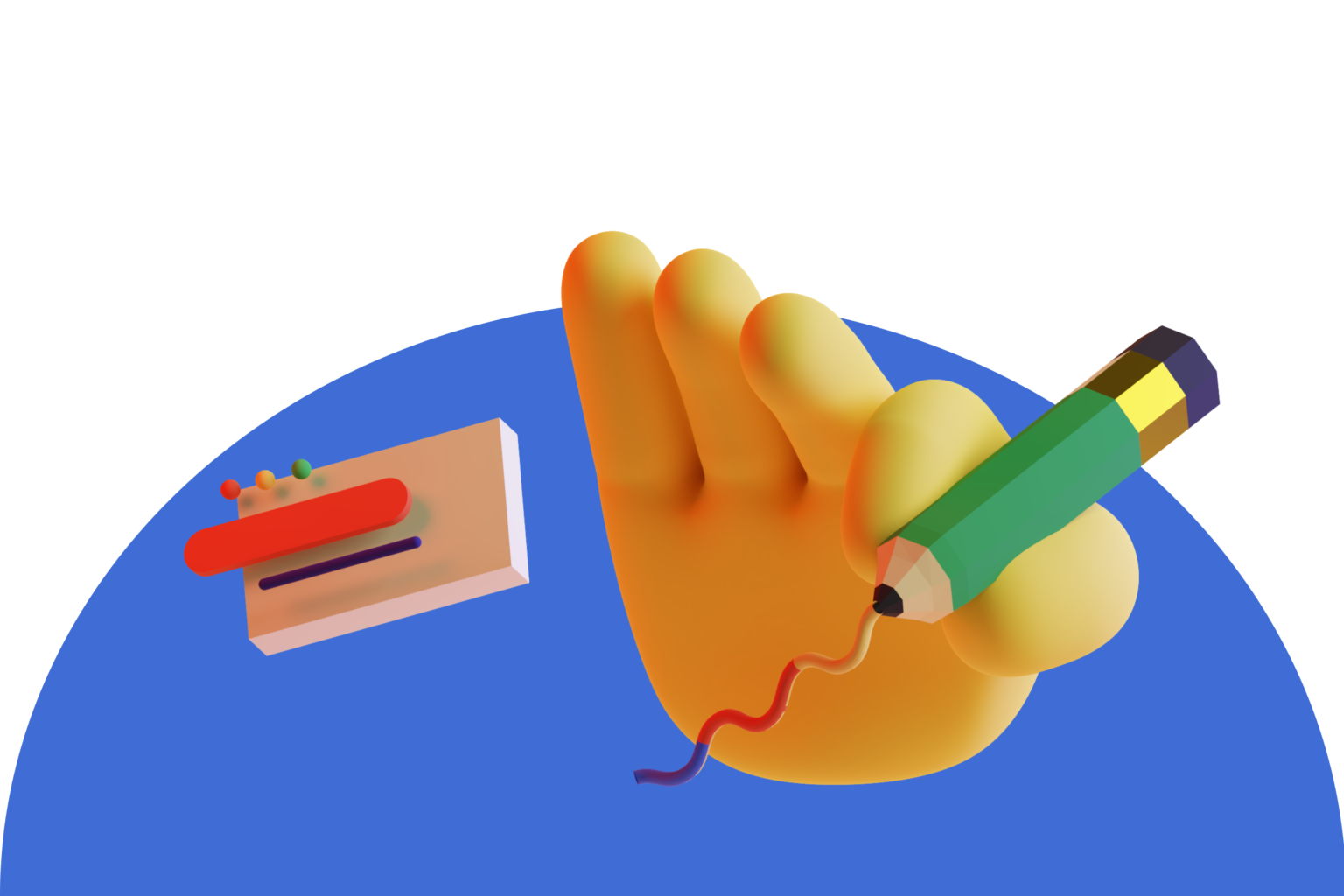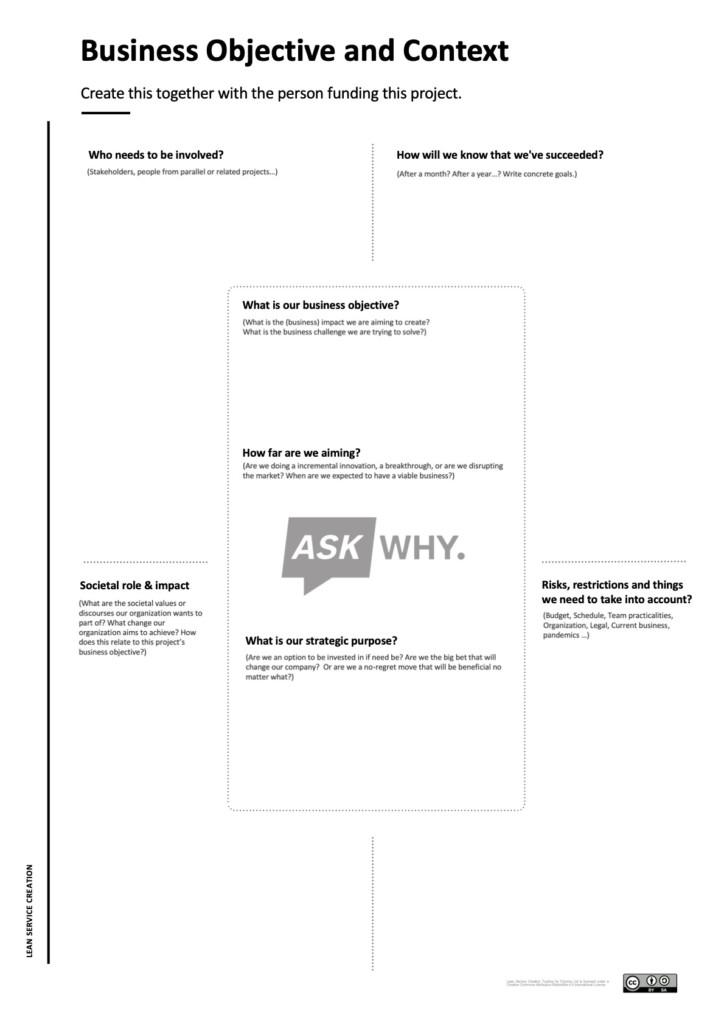CHAPTER 2
Fundamentals of Innovation

Content Summary
To simplify, any innovation has the same basic fundamentals. It is based not only on customers’ goals (or users’ goals) but also on the objectives and goals of the organisation creating the innovation. In all simplicity, the overlap of these two is the solution space where innovation happens.
This lecture explains how the organisation’s goals are distinctly different from the customer’s goals. Customers don’t care about many of the organisation’s goals, and therefore, one cannot be solely customer-centric. And the other way around, customer’s don’t care about organisation’s goals therefore one cannot focus solely on internal organisation goals. The lecture illustrates this model with a couple of examples.
However, this model works only if both customers’ and organisation’s goals are stable. which is not the case in the real world. Therefore, because the company’s and customer’s goals are dynamic, the solution we are creating needs to be dynamic too. That’s where agile and lean thinking comes in. The lecture finally introduces the Toyota Kata model which helps to tackle the uncertainty of our dynamic times.
Further readings
- Nadler, D.A. and Tushman, M.L. (1997) Competing by design: The power of organizational architecture. Oxford University Press.
- Janićijević, N. (2011). Methodological approaches in the research of organizational culture. Economic Annals, 56(189), 69–99.
- Schein, E. H. (1990). Organizational culture. American Psychological Association, 45(2), 109–119.




